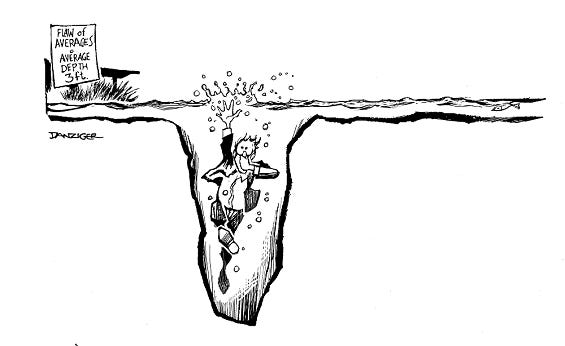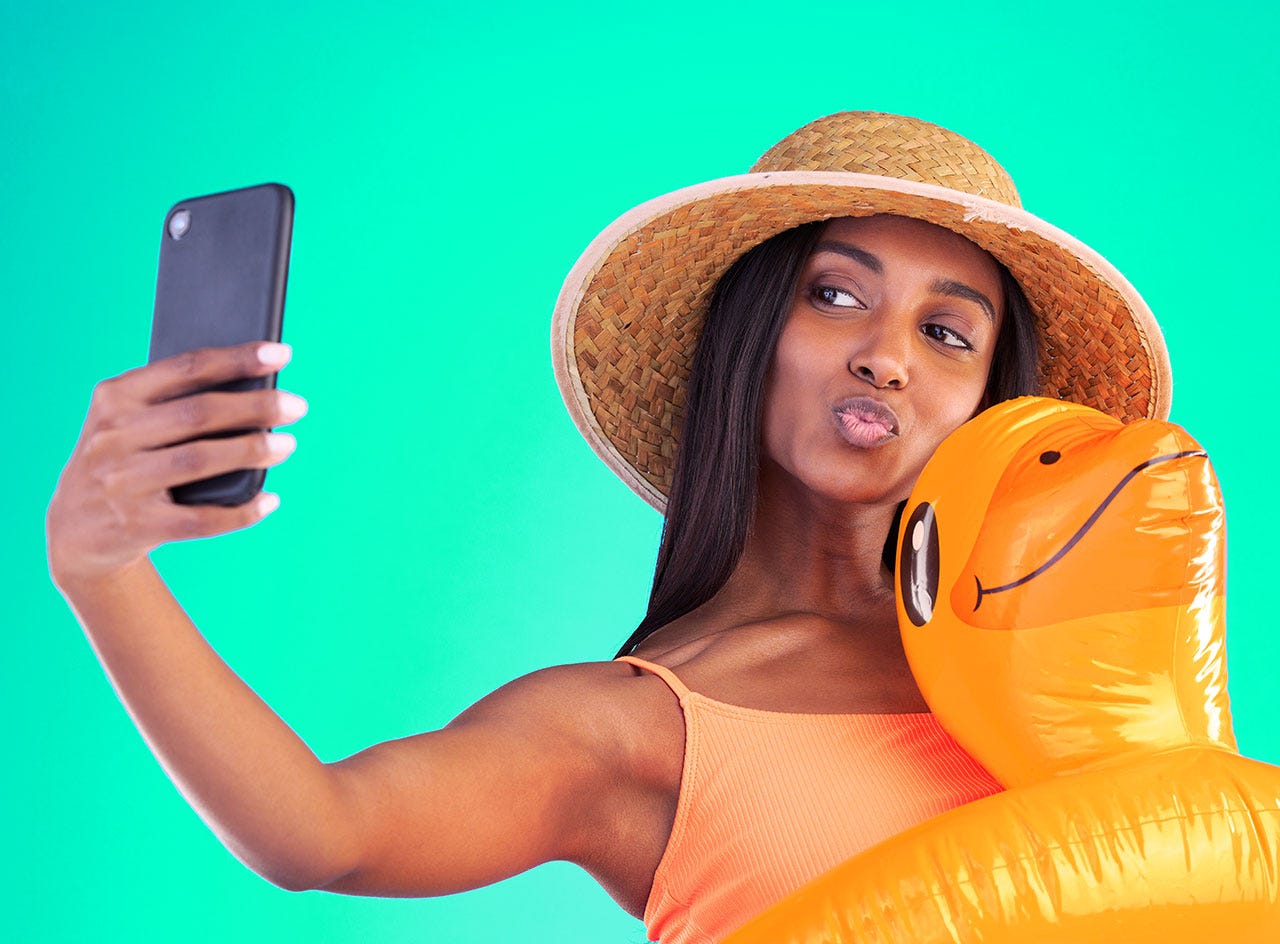We all know someone who duck-faces at an elevated 45º-angle for every post. The friend who prevents other mates from eating until the perfect porn pix is taken. The Kardashian-clone who tags and hashtags relentlessly to all and sundry.
And the reason is simple: the gratification from getting a like or comment is immensely addictive!
It's a dopamine loop; a self-perpetuating Möbius strip that fuels the neurotransmitters within the brain's reward system.1 It's similar (but not identical) to the neural circuitry used by slot machines and cocaine to keep us on their products as much as possible.
Being a social media darling is not for the faint.
But being a social media darling is not for the faint. Chance of success is harder than winning the lottery (1 in 13,983,816 chance).
According to a small study by Morning Consult, the majority of people between the ages of 13 and 38 want to be influencers. However, the numbers to achieve Khaby Lame-level success are daunting.
Currently, 120,000 songs are uploaded to streaming platforms every day. In 2022, 1.7 million books were officially self-published. Each day, over 150,000 new videos are uploaded to YouTube, and we're not counting other video platforms. Last year, there were more than 2.4 million podcast shows, with over 66 million podcast episodes.
With generative AI now in the picture, the competition for influencer success is only going to get more intense. In the past, aspiring influencers had to rely on their own creativity and talent to stand out. But now, with AI-powered tools like Midjourney and ChatGPT, high-quality content can be generated at scale with ease.
Similarly, blog posts like mine are dime a dozen, or should I say "dime a gross" (144 times more than a dozen)? Around 7 million blog posts are published every 24 hours. Out of which, I reckon 99% of them would not get read (which leaves 70,000 daily blog posts, not counting mainstream news articles).
But if you think you're still meant to be a star, elevate your chances by specialising. Be a one-trick-pony. It's the fastest way to build your tribe!

The "flaw of averages" explains why it is unwise for budding influencers to pander to the masses (at least not when you're starting out). As the above cartoon depicts, a statistician drowns because he only knew the average depth of the river (3 feet), but not the variation of the river’s depth.
It's similar to Seth Godin's curry shop advice. Do NOT open a curry shop with goldilocks-spicy curries (not too spicy, not too bland). The people who love spicy food wouldn't patronise. Neither would my cousins from Manchester who find mint toothpaste too spicy. In the end, the curry shop appeals to nobody.
So, if you feel the urge to duck-face every walking hour, proudly pose with a singular mission. Pout when you're pumping iron. Scowl when you're rating Michelins. And posture when you're selling apparel.
Beware of false averages where no one is gratified.
The Dopamine Loop works like this:
i) You engage in an activity that has the potential to be rewarding.
ii) The anticipation triggers the release of dopamine, a neurotransmitter associated with pleasure and motivation.
iii) Your received the reward (eg. likes, positive comments, sale).
iv) The reward reinforces the dopamine release, making you want more of this satisfaction. This creates a feedback loop or more accurately, a Dopamine-driven Feedback Loop.





